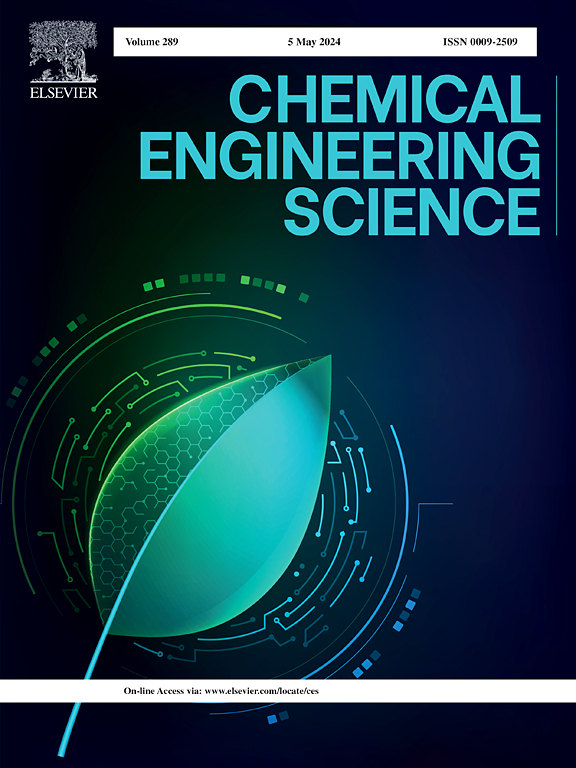通过将 CFD 和机器学习相结合,快速预测流化床的不同流态流场
IF 4.1
2区 工程技术
Q2 ENGINEERING, CHEMICAL
引用次数: 0
摘要
将计算流体力学(CFD)与机器学习相结合来预测流化床的复杂动力学面临着重大挑战。本研究采用多相细胞内粒子(MP-PIC)模拟,结合基于适当正交分解(POD)和支持向量回归(SVR)的混合机器学习算法,分析了不同操作条件下的数据集构建、特征提取和回归建模。结果表明,与固定床相比,鼓泡床需要4倍的压力和6倍的颗粒体积分数数据,而湍流床则分别需要6倍和2倍的颗粒体积分数数据。不同床型的特征提取率不同:固定床和湍流床的压力提取率最高(95 %),超过鼓泡床(90 %);固定床的颗粒体积分数为95 %,鼓泡和湍流床的颗粒体积分数为75 %。与传统的数值方法相比,机器学习增强的框架可以在保持精度的同时实现4-5个数量级的加速本文章由计算机程序翻译,如有差异,请以英文原文为准。
Rapid prediction of the flow fields of fluidized beds with the varying flow regimes by coupling CFD and machine learning
Integrating Computational Fluid Dynamics (CFD) with machine learning to predict the complex dynamics in fluidized beds faces significant challenges. This study employed Multiphase Particle-In-Cell (MP-PIC) simulations coupled with a hybrid machine learning algorithm based on Proper Orthogonal Decomposition (POD) and Support Vector Regression (SVR) to analyze dataset construction, feature extraction, and regression modeling under varying operational conditions. Results demonstrate that, compared to the fixed bed, the bubbling bed demands fourfold pressure and sixfold particle volume fraction data, while the turbulent bed exhibits sixfold and twofold, respectively. Feature extraction rates differ by bed type: the fixed and turbulent bed share the highest rate for pressure (95 %), exceeding the bubbling bed (90 %); while the fixed bed leads in particle volume fraction (95 %), with the bubbling and turbulent bed at 75 %. The machine-learning-enhanced framework could achieve 4–5 orders of magnitude acceleration compared to the conventional numerical method while retaining accuracy.
求助全文
通过发布文献求助,成功后即可免费获取论文全文。
去求助
来源期刊

Chemical Engineering Science
工程技术-工程:化工
CiteScore
7.50
自引率
8.50%
发文量
1025
审稿时长
50 days
期刊介绍:
Chemical engineering enables the transformation of natural resources and energy into useful products for society. It draws on and applies natural sciences, mathematics and economics, and has developed fundamental engineering science that underpins the discipline.
Chemical Engineering Science (CES) has been publishing papers on the fundamentals of chemical engineering since 1951. CES is the platform where the most significant advances in the discipline have ever since been published. Chemical Engineering Science has accompanied and sustained chemical engineering through its development into the vibrant and broad scientific discipline it is today.
 求助内容:
求助内容: 应助结果提醒方式:
应助结果提醒方式:


